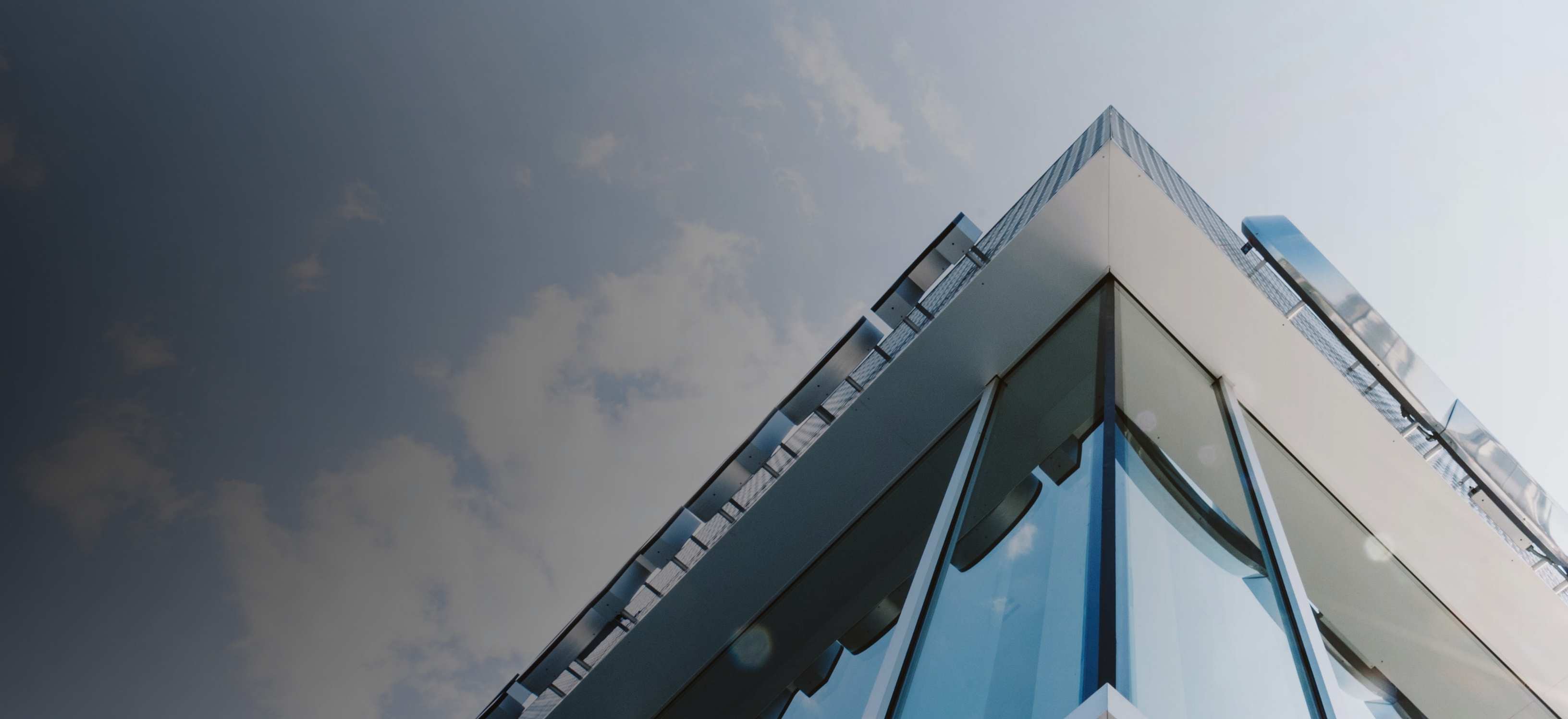STEP BY STEP TO ACHIEVE A SMOOTH PLASTER WALL PLASTERING/ RENDERING SURFACE USING MIX RATIO.
PLASTERING AND WALL FINISHES
Roles of plasterer
- Applies coats of plaster to interior walls, ceiling and partitions of building to produce finished surface, according to architects drawings or oral instruction, using hand
Keynotes
- Understand the plasterer’s role and essential tools.
- Follow a clear step-by-step process for smooth, durable wall finishes.
- Learn how mix ratios affect strength and texture.
Let’s go beyond theory — this is real, site-level plastering made simple.
Understanding Plastering and Wall Finishes
Plastering is the process of applying a coat of mortar over a wall or ceiling surface to achieve a smooth, even finish. Beyond aesthetics, plastering protects masonry from weathering and provides a strong base for painting or decoration.
The plasterer’s main tasks include:
- Applying coats of plaster to interior walls, ceilings, and partitions as specified by architectural drawings or verbal instructions.
- Directing workers to mix mortar correctly and set up scaffolds safely.
- Spreading, smoothing, and leveling plaster using trowels, floats, and straight edges.
- Roughening undercoats to ensure strong bonding between layers.
- Creating decorative textures or finishes as required by the design.
Plastering Tools and Equipment
Every skilled plasterer depends on reliable tools. Here are the essentials:
- Plastering Trowel: Stainless or carbon steel blade for spreading and smoothing plaster.
- Corner Trowel: Creates sharp internal or external corner finishes.
- Hawk: Flat hand-held platform that holds mortar while working.
- Float: Lightweight tool used to even and smooth the plaster surface.
- Mixing Pan or Bucket: For consistent mortar mixing.
- Straight Edge: Checks for flatness and uniform thickness.
- Spirit Level: Ensures perfect alignment and plumb surfaces.
- Dustsheet: Protects floors and furniture during interior work.
Materials for Plastering and Rendering
Common materials used include:
- Cement
- Lime or gypsum (for smoothness and workability)
- Clean water
- Fine plastering sand (free of clay or impurities)
Choosing the right proportions ensures strength, adhesion, and finish quality.
Step-by-Step Process for Wall Plastering
Step 1 – Surface Preparation
Good plastering begins long before the first trowel stroke.
- Clean the wall surface with a wire brush to remove dust, oil, or grease.
- Rake mortar joints to at least 12mm depth to create a firm key for bonding.
- Knock off projections exceeding 12mm to achieve uniform thickness.
- Fill wall holes or cavities and roughen the entire surface for better grip.
- Wash and wet the wall for 6 hours before plastering to prevent quick absorption.
Pro tip: A damp surface ensures better adhesion and reduces cracks after drying.
Step 2 – Gauging and Dots
Fix small plaster “dots” about 15mm wide and 10mm thick on the wall at 2-meter intervals horizontally and vertically. Use a plumb bob to align them vertically. These dots act as guides for maintaining even plaster thickness.
Next, form vertical strips (screeds) between the dots — they serve as gauges for applying uniform plaster layers.
Step 3 – Applying the First Coat (Undercoat or Rendering Coat)
- Typical thickness: 9–15mm (brickwork: around 12mm).
- Mix ratio: 1 part cement to 3–6 parts sand, depending on surface condition.
- Apply plaster between screeds using a trowel.
- Level with a straight edge and smooth lightly with a wooden float.
- Once set (but not fully dry), roughen the surface with a scratching tool to form a key for the finishing coat.
Step 4 – Applying the Second Coat (Finishing Coat)
- Typical thickness: 2–3mm.
- Mix ratio: 1 part cement to 4–6 parts sand.
- Dampen the first coat before applying the second.
- Use wooden floats for evenness and a steel trowel for smooth finish.
- Work top to bottom in one continuous operation to avoid joint marks.
- After completion, keep the plaster moist for at least 7 days to gain strength and durability.
Maintenance and Aftercare
Plastered surfaces require proper curing. Spray water gently for a week to avoid hairline cracks. Once dried, inspect for uneven patches and sand lightly before painting or rendering.
For more practical construction math, see our post How to Calculate the Amount of Cement and Sand for Plaster Wall. You can also check Autodesk Design Academy for 3D visual guides on plastering techniques.
Ready to Build Smarter?
Join Intellect Architects — we simplify construction knowledge for architects, builders, and students who want precision, not guesswork.
Similar Posts
- How to Calculate Cement and Sand for Plaster Wall
- How to Calculate the Number for Foundation Blinding
- Why Every Building Deserves a Green Area
- Understanding Building Setbacks
Labels: wall plastering, rendering, construction finishing, building process, Intellect Architects









No comments:
Post a Comment
Don't Forget to Let us Know What you Think About this Post in the Comment Box.